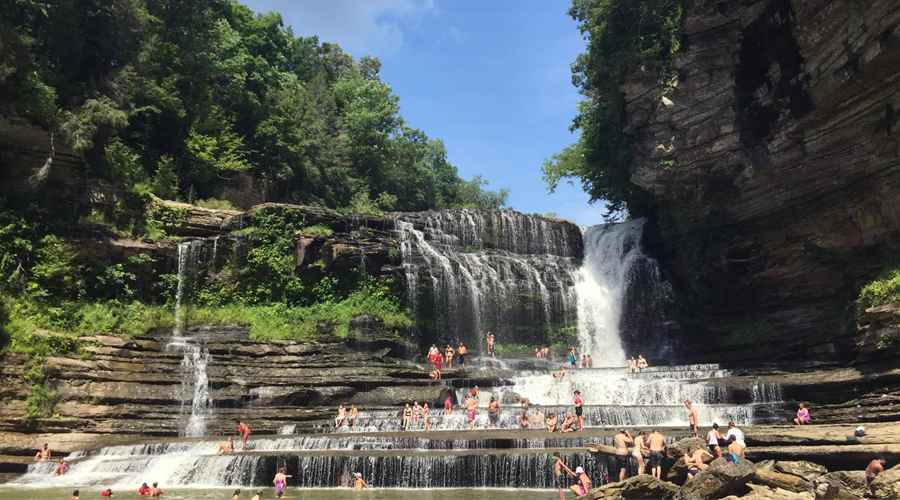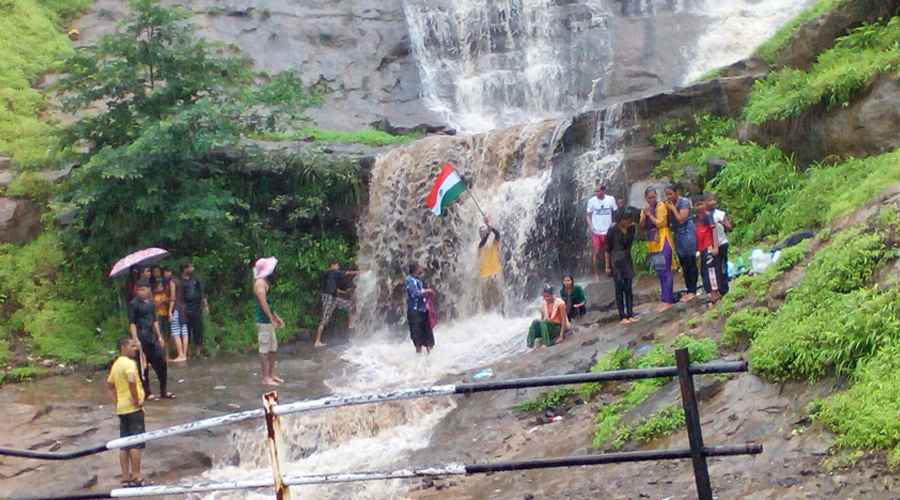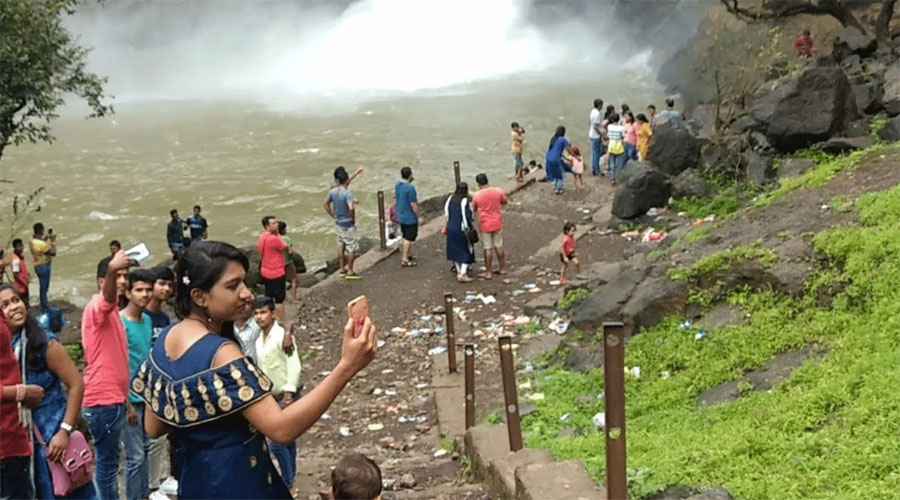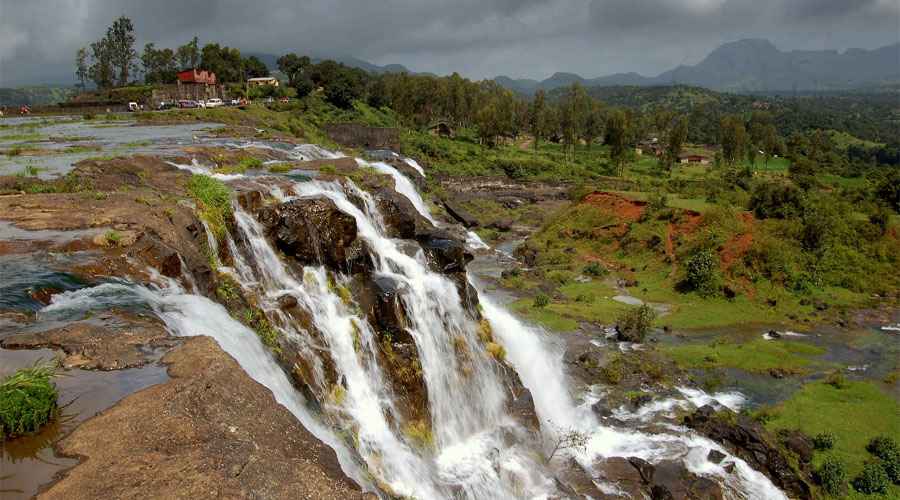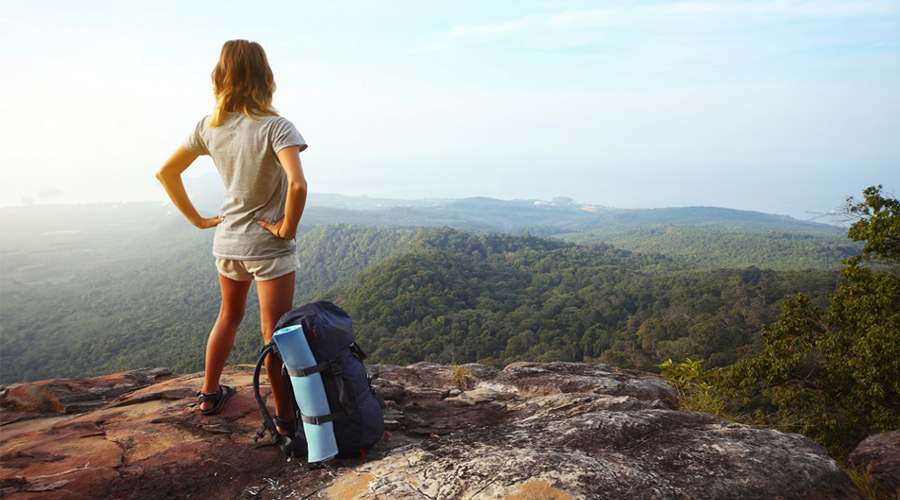Waterfall hikes are among the most thrilling outdoor adventures, combining the beauty of nature with the refreshing sight and sound of cascading waters. However, while they are rewarding, they also come with unique risks that many hikers overlook. Avoiding common mistakes can ensure that your hike remains enjoyable and safe. Here’s a detailed guide on what not to do when setting off for a waterfall adventure.
Ignoring Weather Conditions
One of the biggest mistakes hikers make is underestimating the impact of weather. Waterfalls are directly influenced by rainfall, and heavy rains can quickly turn serene trails into dangerous paths. Slippery rocks, sudden surges in water levels, or flash floods can put hikers at risk. Failing to check the local weather forecast before the hike can lead to getting caught in hazardous conditions. The safest practice is to hike during clear, predictable weather and avoid trails immediately after a storm.
Wearing Inappropriate Footwear
A common oversight is choosing the wrong kind of shoes. Unlike casual park walks, waterfall hikes often involve rocky, wet, and uneven terrain. Wearing flip-flops, sandals, or regular sneakers can make hikers prone to slips and falls. Proper hiking shoes or boots with good grip and ankle support are essential to ensure stability and reduce the risk of injury.
Underestimating Trail Difficulty
Many hikers assume a waterfall trail will be short and simple because the destination is a scenic spot rather than a summit. However, waterfall trails can be deceptively challenging, with steep inclines, dense foliage, or narrow ledges. Underestimating the trail’s difficulty may cause exhaustion, dehydration, or even accidents along the way. Always research the hike beforehand—know the estimated distance, elevation, and conditions before setting out.
Venturing Off the Trail
One of the riskiest mistakes is straying away from the marked path in an attempt to get closer to the waterfall or find an alternate route. Not only does this damage fragile ecosystems, but it also significantly increases the risk of slipping on unsteady rocks or falling into fast-flowing water. Trails are marked for safety, so sticking to them ensures protection against unforeseen hazards.
Getting Too Close to the Edge
The temptation to capture that perfect photo or feel the mist from up close often leads hikers dangerously near the waterfall’s edge or on slippery rocks. This is one of the leading causes of injuries and fatalities during waterfall hikes. Rocks around waterfalls are constantly wet even when they look stable, making them extremely slippery. Keeping a safe distance and resisting the urge to cross barriers or warning signs is crucial for safety.
Overpacking or Underpacking
Packing poorly is another mistake that can spoil a hike. Some hikers overpack with unnecessary gear, making the trail cumbersome and tiring. Others take too little, forgetting essentials like water, snacks, or a first-aid kit. For a waterfall hike, it is important to strike a balance—carry light but necessary items such as hydration, protein-rich snacks, insect repellent, a waterproof jacket, sunscreen, and a basic first-aid kit.
Not Informing Anyone of Plans
Heading out to explore waterfalls without telling anyone about your plan is a serious mistake, especially when hiking lesser-known trails. In case of unexpected injuries or getting lost, having someone aware of your route can make a huge difference. Always inform a friend, family member, or even a hotel receptionist about where you are going, and ideally, hike with a companion instead of heading out alone.
Ignoring Signs and Warnings
Many hikers ignore posted signs like “No Swimming,” “Slippery Rocks,” or “Restricted Area.” Such warnings are placed after prior incidents or safety evaluations. Dismissing these signs can expose hikers to dangerous currents, unstable paths, or falling rocks. Respecting the signage not only protects individuals but also helps preserve natural sites for others.
Forgetting Basic Hydration and Nutrition
The beauty of a waterfall can make hikers underestimate the effort required to reach it. In the excitement, many fail to drink water or eat small energy-boosting snacks along the way. Dehydration and fatigue can set in unexpectedly, especially on longer or hotter trails. Carry a reusable water bottle and sip frequently, and keep lightweight energy bars or nuts handy to maintain stamina.
Not Considering Exit Timing
Waterfall hikes often feel leisurely because of the final resting point near the water. Hikers may spend extended time relaxing without realizing the effort and daylight required for the return journey. Failing to plan the hike around daylight hours can leave hikers navigating slippery paths in the dark—a dangerous situation. Always set a turnaround time and begin your return well before nightfall.
Final Thoughts
Waterfall hikes combine adventure, exercise, and the beauty of nature, but they need to be approached with caution. Simple oversights—like poor footwear, ignoring weather forecasts, or venturing too close to the edge—can turn an enjoyable trip into a dangerous ordeal. With proper planning, awareness, and respect for nature’s power, you can make your waterfall hike a safe, memorable, and refreshing experience.
